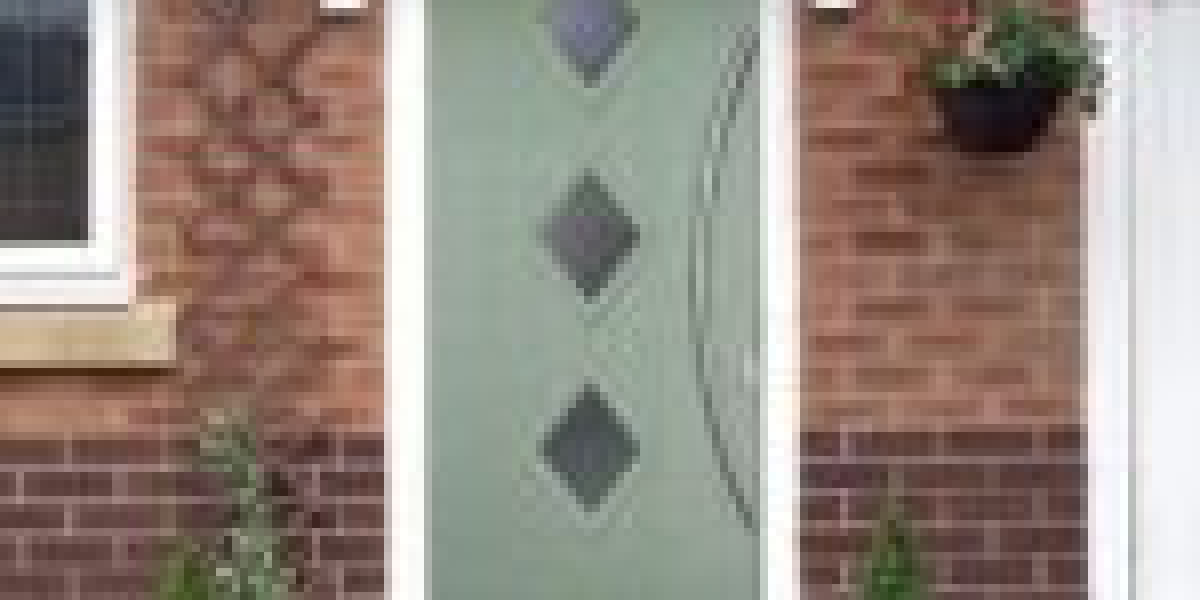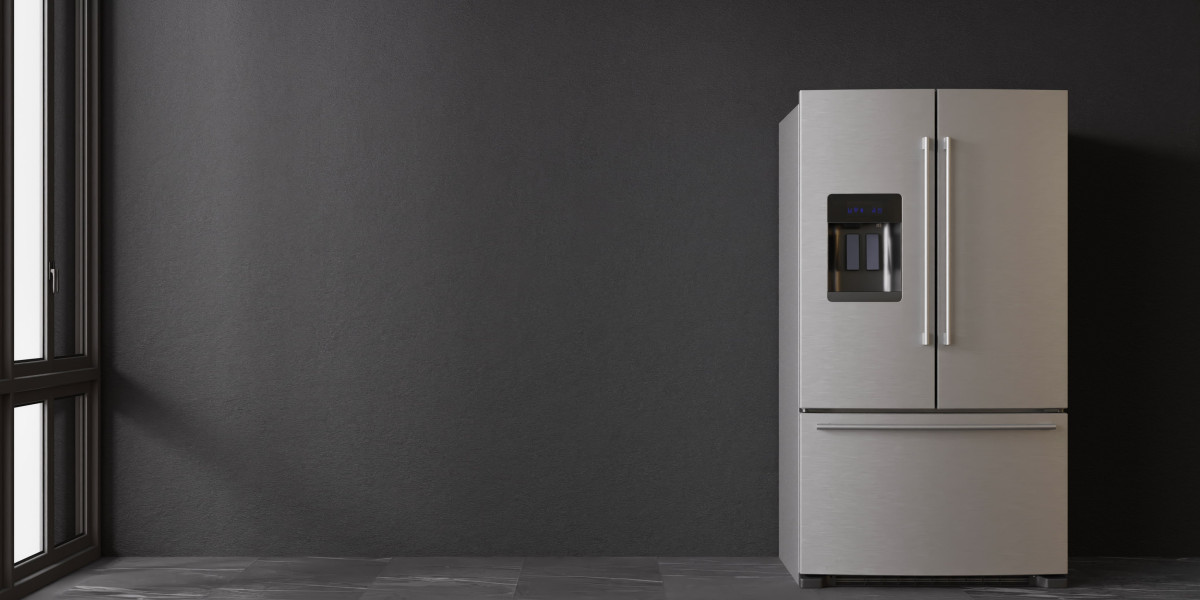The Comprehensive Guide to Composite Door Restoration
Composite doors have actually become a popular choice for homeowners due to their sturdiness and visual appeal. Made from a mix of materials such as wood, PVC, and insulating foam, they offer remarkable benefits over conventional wood exterior doors. Nevertheless, with time and with direct exposure to the aspects, even the most robust composite door latch repair doors may show indications of wear and tear. This guide aims to light up the process of composite door restoration, enabling property owners to revive their entryways.

Comprehending Composite Doors
Before delving into restoration techniques, it is important to comprehend what composite doors are made from and why they are preferred.
Composition of Composite Doors:
- Core Materials: A combination of strong wood and an insulating foam core supplies strength and energy performance.
- External Layer: Typically constructed of a durable, weather-resistant skin made from products like PVC, fiberglass, or wood.
- Support: Steel and aluminum supports can be included to improve security and sturdiness.
Advantages of Composite Doors:
- Durability: Resistant to warping, splitting, or swelling, they can endure extreme weather.
- Energy Efficiency: Composite doors typically bear an energy rating, ensuring they help minimize heating costs.
- Low Maintenance: Unlike standard wood doors, composite doors need minimal maintenance.
- Versatile Design: Available in numerous designs, colors, and finishes to match varied tastes.
Indications Your Composite Door Needs Restoration
Property owners need to occasionally examine their composite door repairs doors for typical indicators of wear. Restoration may be needed if several of the following indications are present:
- Fading and Discoloration: Exposure to sunlight can result in a loss of color and vibrancy.
- Scratches and Scuffs: Everyday wear and tear, together with unintentional bumps, can mar the surface area.
- Dents: Heavy objects can result in dents that impact both the door's aesthetic appeals and functionality.
- Sealing Issues: Signs of drafts or water leaks might indicate that the seals and hinges require attention.
The Composite Door Restoration Process
Bring back a composite door may appear a daunting job, however with the right tools and technique, it can be a manageable and gratifying venture.
Step-by-Step Restoration Guide:
Gather Tools and Materials:
- Soft cloths and sponges
- Detergent or mild cleaner
- Sandpaper (fine-grade)
- Paint or wood stain (if required)
- Sealant or weather removing
- Screwdriver
- Touch-up paint (for scratches and scuffs)
Cleaning the Door:
- Begin by completely cleaning the door with a mix of detergent and warm water to remove dirt and grime.
- Use a soft fabric or sponge to gently scrub the surface area. Rinse with tidy water and let it dry completely.
Assessing Damage:
- Inspect the door for deep scratches, dents, or a worn-out finish.
- For deep scratches, consider utilizing touch-up paint or wood filler to level the surface area.
Sanding and Smoothing:
- If the door surface is rough or if paint has begun to peel, use fine-grade sandpaper to smooth out the location.
- Prevent over-sanding, as this can damage the door's external layer.
Applying Paint or Stain:
- For stained doors, use a fresh coat of paint or wood stain that matches the initial finish.
- Usage even strokes and let the first coat dry before using a second coat if required.
Sealing the Edges:
- Inspect the weather condition removing and seals around the door. If they are damaged, get rid of the old product and replace it with brand-new weather condition removing or sealant to ensure the door remains energy efficient and secure.
Last Inspection:
- Once all repairs and remediations are done, conduct a last examination to ensure everything functions efficiently. Evaluate the locking mechanism, door swing, and seals.
Frequently Asked Questions About Composite Door Restoration
Q1: How typically should I restore my composite door?
A: It's a good idea to check your composite door repair tips door a minimum of once a year for signs of wear. Restoration requirements can differ based on environmental exposure, however regular maintenance can lengthen its life expectancy.
Q2: Can I paint my composite door?
A: Yes, composite doors can be painted. It is important to utilize top quality exterior paint that appropriates for the product. Constantly follow the producer's guidelines.
Q3: What if my composite door is beyond repair?
A: If severe damage has actually taken place-- such as fractures through the core or substantial warping-- replacing the door might be the best alternative. Seek advice from a professional to assess the condition.
Q4: Is professional restoration essential?
A: Many property owners can successfully restore their doors using DIY techniques. Nevertheless, for comprehensive damage or if you are unsure about the process, seeking advice from a professional might be the finest option.
Q5: How can I prevent my composite door from weakening?
A: Regular cleansing and maintenance are vital. Furthermore, ensuring that seals are undamaged and utilizing protective finishings can help minimize the effect of weather on your door.
Bring back a composite door can be a satisfying task that improves the look and functionality of a home's entrance. With correct care and timely restoration, homeowners can preserve the beauty and resilience that composite door restoration doors are known for. This not just enhances the curb appeal of the home however also makes sure energy efficiency and security for several years to come. By following this detailed guide, anyone can carry out an effective restoration job and delight in the benefits of a well-kept composite door.






